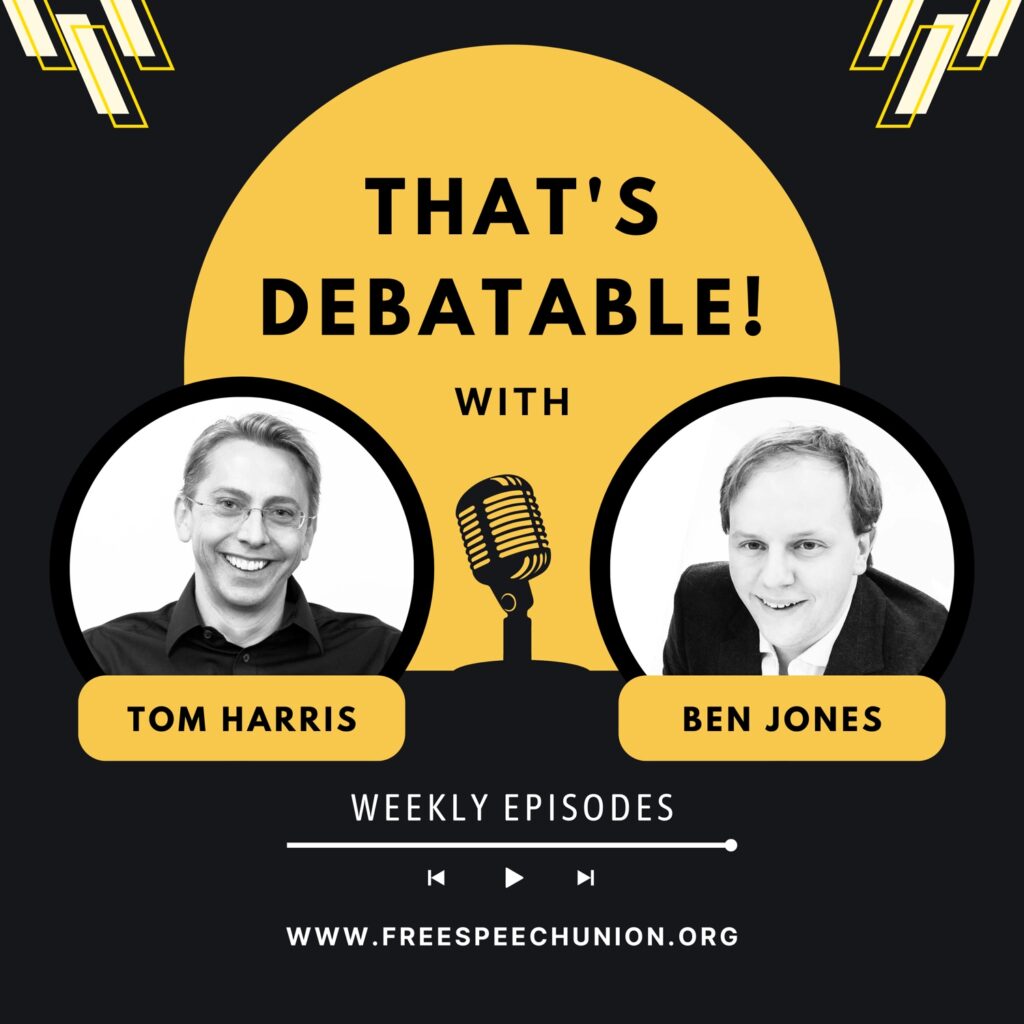Up to 11 statues of British military figures could be removed from the heart of Scotland’s largest city over their links to slavery, with Glasgow City Council “awaiting instruction” from an anti-slavery working group over its next potential ‘decolonisation’ drive (Express, GB News, Telegraph, Times).
The council launched a review of public artwork following the worldwide Black Lives Matter protests triggered by the murder of George Floyd in the United States in 2020, and a list of historical figures linked to empire and slavery was drawn up.
An anti-slavery working group is currently advising the council over the issue, with SNP councillor Graham Campbell separately suggesting the figures of Sir John Moore and Field Marshall Colin Campbell were especially problematic.
Sir John was a military reformer who stood out from many of his contemporaries during the British Army’s suppression of the Irish rebellion of 1798 by refusing to carry out atrocities, while Field Marshall Campbell rose from humble beginnings to lead the Highland Brigade in the Crimean War, and was also in command of the Thin Red Line at the Battle of Balaclava, which repulsed a Russian cavalry assault. Both were born in Glasgow.
A controversial report on Glasgow’s connections to the slave trade, commissioned by the council, previously criticised both figures, noting: “John Moore and Colin Campbell were in the British Army, with identifiable roles in upholding the system of chattel slavery in colonies of the British West Indies.”
Or, as Councillor Graham Campbell, quoted in the Telegraph, puts it: “One played a leading role in killing Indians resisting British colonialism; the other spent a lot of time killing a lot of enslaved Africans resisting slavery in the Caribbean. No doubt today we would not put up statues to such people.”
Glasgow City Council officials have now pledged that Scotland’s largest city will be “flexible” over calls to remove monuments, as part of a wider remodelling of George Square. Under current plans, statues of Sir John and Colin Campbell are among 11 bronze statues that will be removed and put into storage while the civic space is overhauled.
While the current “working assumption” is that all the monuments will return in 2027, a spokesperson told the Telegraph that the council is “flexible and agile, and awaiting instruction from the anti-slavery working group.
“If a decision was taken that one or more statues should not be brought back into the square, then the design would adapt accordingly,” the spokesperson said.
This isn’t the first time a public body in Glasgow has come under scrutiny for its willingness to treat Critical Race Theory and its associated practice of ‘decolonisation’ as an entirely unproblematic, uncontested and sanctified means for understanding the past.
Last month, distinguished scholar and FSU Chair Prof Nigel Biggar wrote to the city’s Kelvingrove Art Gallery and Museum — at the behest of one of our members — to register a protest against the “travesty of history” and “partisan distortion of the past” represented by a permanent display installed late last year titled Glasgow – City of Empire.
Visitors to the Kelvingrove are given trigger warnings before they enter the exhibition about objects which “contain racist language and images, which may cause discomfort or pain”. The exhibition itself claims that Scotland’s largest city was a leading transatlantic trade route for sugar, cotton and tobacco, and asks museumgoers to consider how “we” could “make reparations for this”.
However, in his letter Prof Biggar noted that the exhibition greatly exaggerates the city’s actual role in the slave trade.
“I do not object to your museum’s communication of discreditable and lamentable truths about the history of Glasgow and Britain. Rather, I object to its absolute exclusion of creditable and admirable truths,” Prof Biggar said.
Summarising his argument in a leader for the Scottish edition of the Times, he wrote: “According to the University of Glasgow’s Stephen Mullen, there was ‘a general lack of direct Scottish involvement’ in the slave trade. In total, only 27 slave voyages left Scottish ports, with a further four being funded from Scotland, over half a century.”
The museum’s “greatest distortion” arises from its failure to mention the campaign to abolish slavery, Prof Biggar continues. “In the initial campaign Scotland played an important part, sending 185 of the 519 petitions to parliament in 1792 and the later Scottish abolitionist movement, especially in Glasgow, was a hugely significant factor in promoting an international conscience.
“As part of the British nation, the Scots were among the first peoples in the history of the world to abolish the hitherto universal practices of slave trading and slavery. Thereafter they used their imperial power to suppress the trade and the institution from Brazil, across Africa and India, to Australasia — at considerable cost in money, diplomatic effort, naval resources and lives.”
Prof Biggar concludes: “Before calling for reparations, the Kelvingrove needs to tell the whole truth, displaying the credit column, too.”






